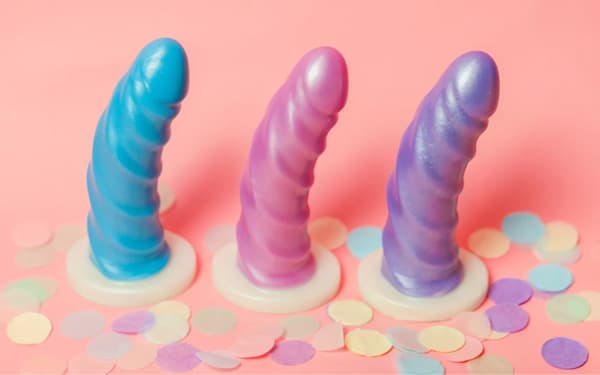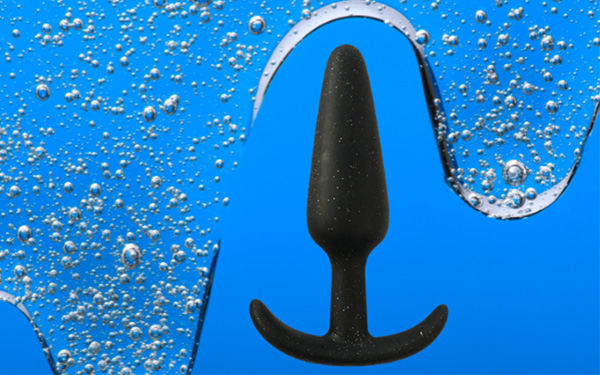The Cultural History of the G-spot

GoodVibes.com > How To Articles > G-spot & Female Ejaculation
With all of the modern-day controversy over whether the G-spot and female ejaculation really exist, it’s easy to forget that people have known about them for a long time. In fact, there are mentions of female ejaculation in texts from thousands of years ago. In Female Ejaculation & the G-spot, Deborah Sundahl describes some of these ancient sources of G-spot wisdom.
In ancient Greece and Rome, classical scholars and physicians discussed the purpose of female ejaculation or, as they called it, liquor vitae. Hippocrates, Aristotle and Galen all debated whether it had reproductive purpose. Some thought that it was as necessary as semen for conception while others thought that it had something to do with fetal development. While we now know that neither of these is true, the fact that they were talking about female ejaculation shows that they knew about it.
In India, Tantra practitioners called it amrita and the original text of the Kama Sutra mentions it. Chinese practitioners of Taoism knew about it and some 16th century Japanese erotic artwork showed female ejaculation. There’s evidence that people across the world knew about it. There are African, South Pacific Islanders, and Native American traditions that refer to it. While female ejaculation doesn’t always have to be the result of G-spot play, G-spot stimulation is one of the easiest ways to make it happen. That suggests a long history of G-spot pleasure.
In Valentin Chu's fascinating book The Yin-Yang Butterfly, researched in China, we learn about the ancient Chinese names for different depths of the vagina. Modern Western culture has no comparable language for this idea, suggesting that the Chinese sex scholars of yore knew that shallow penetration was special -- a hint that they understood the G-spot?
More recently, Ernst Gräfenberg’s 1950 paper in The International Journal of Sexology brought attention to female ejaculation. Most people thought that he was talking about urine and didn’t take the paper seriously. But in 1981, US sexologists Beverly Whipple and John Perry published a case report of a woman willing to demonstrate in a lab. With the researchers watching, her husband stimulated her until she ejaculated. In order to prove that the fluid wasn’t urine, the scientists analyzed it and found that ejaculate contained very low levels of urea and creatinine, both of which are in urine, and higher levels of prostatic acid phosphetase, which would normally be found in male (and presumably female) ejaculate, not urine. However, other studies have found urine in the ejaculate, suggesting that for some women, the two might be mixed, at least some of the time.
Debates about the existence of the G-spot and the makeup of female ejaculation are still going on. There’s evidence that the size and shape of the G-spot (also known as the female prostate or prostata femina) can vary, which could explain why some women experience strong G-spot sensations and others don’t. There may also be hormonal variations between women that help explain this difference. We await more good research on the G-spot.
At Good Vibrations, we encourage you to try G-spot play and see if it does anything for you. If it does, we have lots of great toys that can make it lots of fun. And if it’s not something that you enjoy, that’s OK, too. There are plenty of other great things to try!









